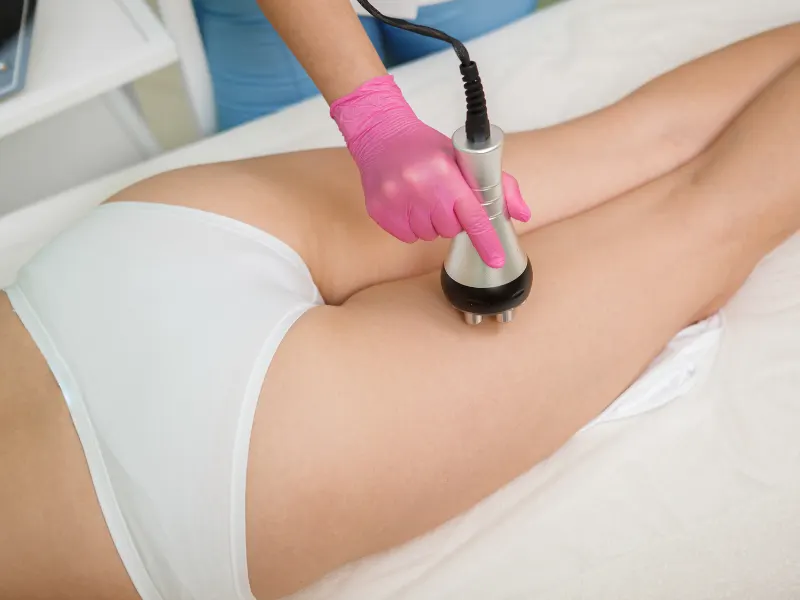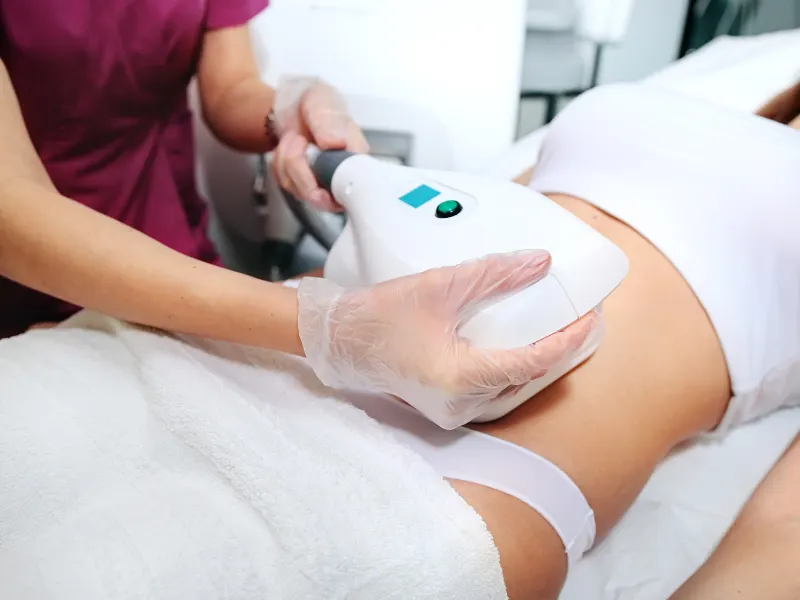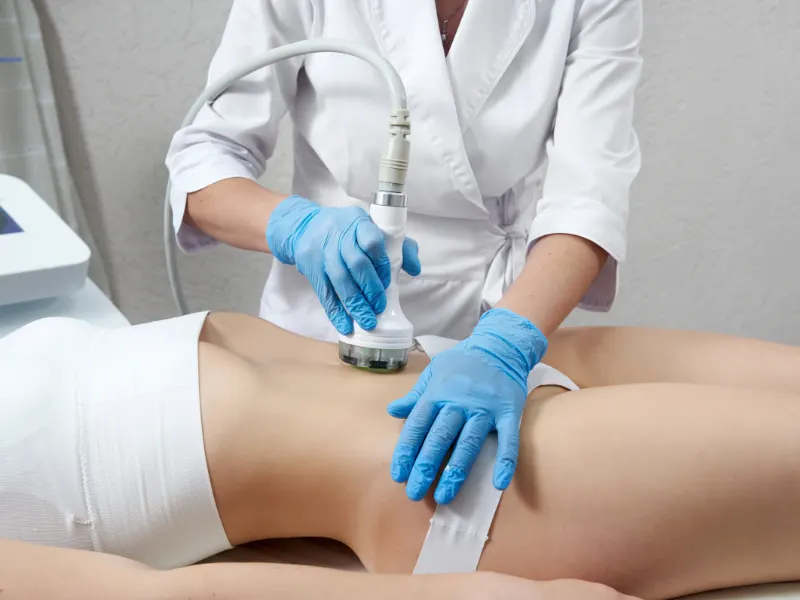
Tired of fat that just won’t budge, no matter what you try? You’re not alone. Even with diet and exercise, some fat pockets are hard to lose. That’s where non-surgical fat reduction treatments like CoolSculpting and Radio Frequency come in. These popular options help contour the body without surgery, needles, or downtime.
CoolSculpting freezes fat cells. Radio Frequency uses heat to shrink them. Both help shape your body and smooth your skin. If your goal is fat reduction, skin tightening, or both—this guide will help you decide what’s right for you.
Both treatments target unwanted fat without surgery, but their methods and results are different. CoolSculpting freezes fat, while Radio Frequency uses heat. Each has its own benefits depending on your body goals, skin type, and treatment areas.
Understanding the radio frequency fat reduction vs CoolSculpting comparison helps you make an informed and confident decision.
Choose CoolSculpting if your main concern is fat freezing and visible reduction. Choose RF if you also want toning and skin firmness.
Both work well—but the right choice depends on your body and your goals.


Non-surgical fat reduction treatments help shape your body without surgery, cuts, or downtime. These options are either non-invasive or minimally invasive, meaning they work through the surface of your skin.
CoolSculpting fat reduction freezes and destroys fat cells, while RF body treatments use heat to shrink them. Both target unwanted fat in areas like the stomach, arms, and thighs.
Both CoolSculpting and Radio Frequency aim to reduce fat, but they work in completely different ways. Understanding how each method targets fat can help you choose the right option for your body goals.
CoolSculpting fat reduction uses cold temperatures to freeze stubborn fat. This process is called cryolipolysis.
The cold triggers apoptosis, a natural process where fat cells die and are later removed by your body. Treated areas gradually become slimmer and more defined over time.
Radio frequency for fat loss uses gentle heat to target the deep layers of fat. Unlike CoolSculpting, it doesn’t kill the fat cells—it shrinks them slowly.
This process helps reduce volume and smooth out problem areas like the arms, face, or thighs.
A unique benefit of RF treatments is collagen production. The heat helps build new collagen, which tightens and firms the skin.
If you want both fat reduction and visible skin improvement, RF is a strong choice.
Each treatment has its own timeline, session needs, and experience. Knowing what to expect helps you make a confident choice.
Results don’t show overnight, but they’re worth the wait. Both treatments work, just at different speeds.
Both treatments are easy to fit into your routine with minimal to no downtime.
CoolSculpting may cause numbness, tingling, or slight swelling for a few days.
RF feels like a warm massage and is usually described as relaxing.
This method is efficient and long-lasting, but not without a few trade-offs.

Different areas respond better to different treatments.
CoolSculpting fat reduction works well on the abdomen, thighs, chin, and love handles—great for bulky spots.
Your goals and specific areas will help decide the best option.

CoolSculpting sessions feel cold at first, then numb. Radiofrequency body contouring feels warm and soothing, like a gentle massage. Both treatments are comfortable and non-invasive.
You can return to normal activities right away. CoolSculpting results appear gradually, while RF may show light firming immediately. Micayla, a Bellus Touch Medspa client, says, “The staff is so kind, and treatments are always comfortable.”


CoolSculpting cost usually ranges from $600 to $1,200 per area, depending on the size and number of treatments.
Radio frequency treatment cost is often lower, around $200 to $500 per session, but it may require more sessions.
At Bellus Touch Medspa, we make both Body Contouring and Cellulite Reduction Treatments accessible with competitive pricing and flexible packages.
CoolSculpting uses cold to freeze and destroy fat cells. Radio frequency uses heat to shrink them. Both are non-surgical and work well for reducing fat in stubborn areas.
It depends on what you need. RF is great for mild fat reduction and skin tightening. CoolSculpting is better for removing larger fat pockets. Some patients even combine both for better results.
CoolSculpting results appear slowly, often within 1 to 3 months. Radiofrequency gives light firming right away, with more changes over a few weeks.
Radiofrequency fat reduction vs CoolSculpting—RF wins for tightening. It boosts collagen production, which helps firm and smooth the skin.
Most people need 1–2 CoolSculpting sessions per area. Radiofrequency vs CoolSculpting—RF usually requires multiple sessions, around 6 to 8, for best results.


Not sure which fat reduction treatment is right for you? Compare results, comfort, and downtime—then book your personalized consultation today!